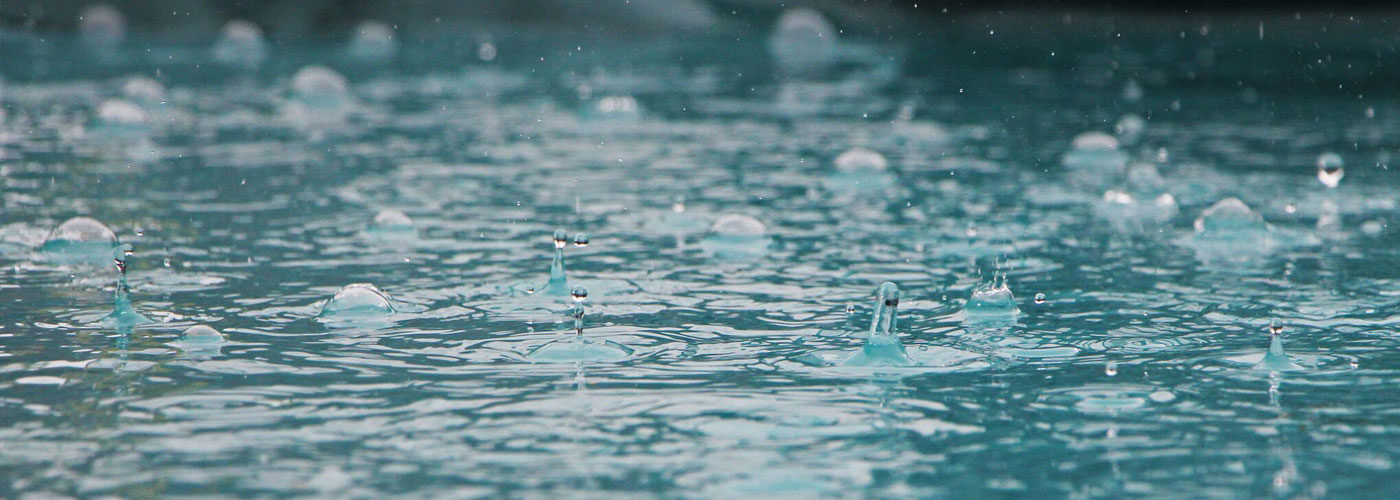

When a low pressure system enters into an area, there are certain elements that one can expect to experience. The first signs of an approaching low are typically increasing mid-level to high-level cloudiness, along with shifting winds. As a low pressure system moves in, surface winds will usually shift to the south, turn to the southeast, and eventually, turn to the east-northeast. This change in winds is due to the counter-clockwise wind flow that occurs around a low pressure system. Eventually, cloud cover lowers over the area and precipitation begins to fall. Depending on how fast the low pressure system is moving, the precipitation may last from several hours to a few days. On occasion, a low pressure system may sit over an area for several days. These low pressure systems are known as "cut-off lows."
Low pressure systems develop along the main belt of a jet stream. In the lower 48, the two main jet streams that blow from west to east are the polar and subtropical jet streams. The polar jet stream meanders from Canada down into the US at times, while the subtropical jet is typically situated over northern Mexico or the southern US. These two jet streams can be thought of as the two major highways that low pressure systems travel along. As long as the low pressure system stays within the lane of one of these jet streams, it will progress from west to east. It is when a low pressure system gets outside of the lane of the jet stream that it can become detached from this west to east current. For this to happen, the low pressure system has to evolve into a closed circulation and then drift away from the main belt of the jet stream winds. An example of this is shown in the image below. Notice how the low over the Great Lakes has become closed off and has drifted away from the polar jet stream that is far to the north in Canada.
When a low becomes cut-off, it stalls out and will sit over an area for several days at times, until it eventually gets caught back up in some stronger upper level winds. So if you get into a pattern where it stays cloudy for several days with persistent precipitation, the culprit is likely a cut-off low.
For an animation of a cut off low over WI click here.
